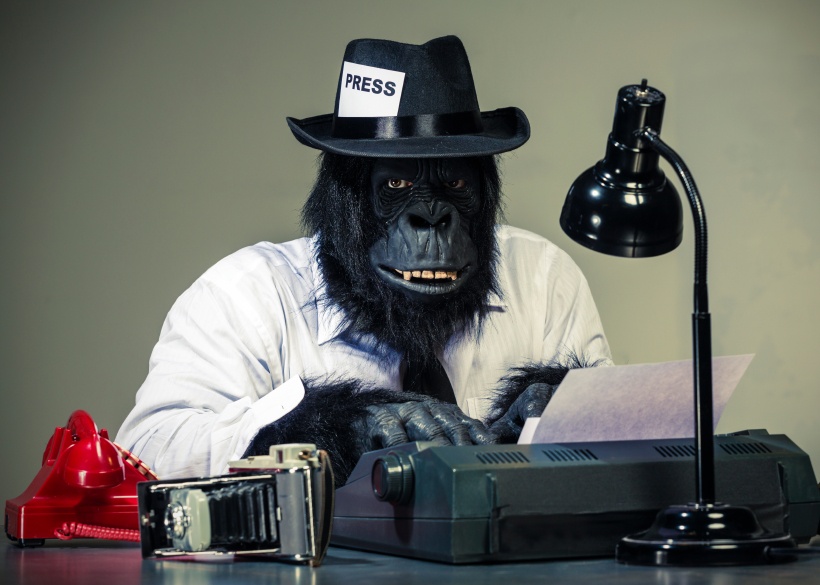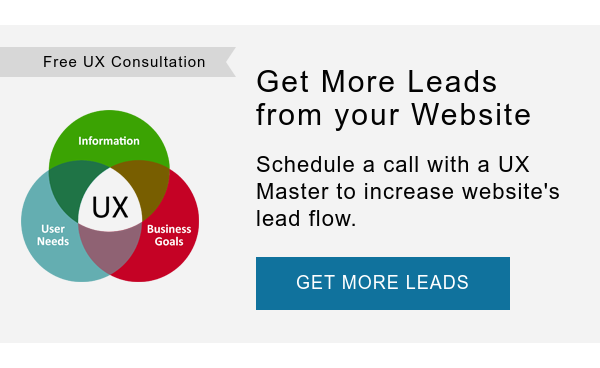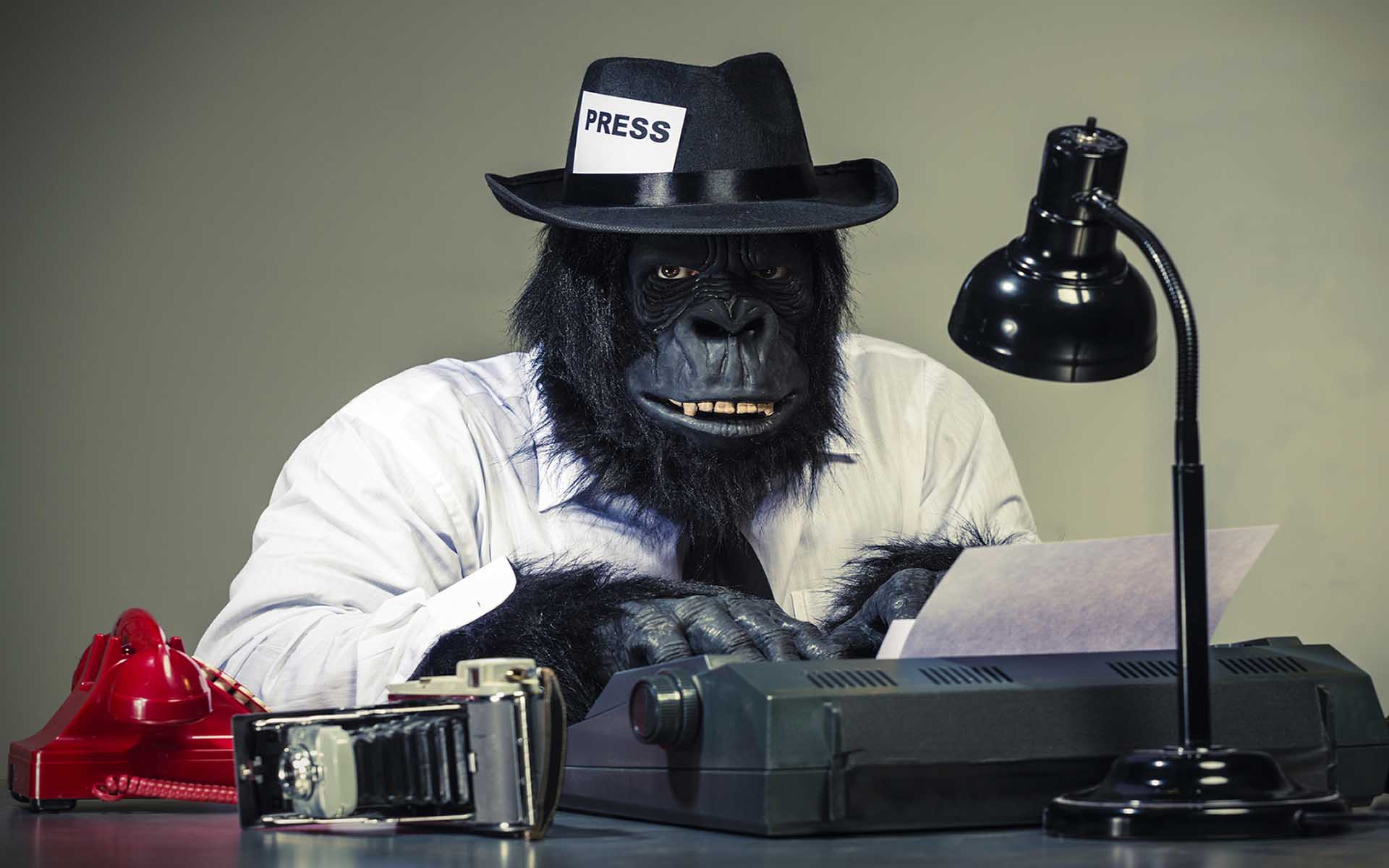 Earlier this year, Wired published a piece titled, “Why Email Newsletters Won’t Die.” The impetus behind the article was that, even in the heyday of trendy digital marketing channels like social media and mobile advertising, the e-newsletter is still an ultra-strong vehicle to reach your customers and win conversions. A high-quality email newsletter can establish thought leadership for your business, reach customers at a specific place in the purchase cycle, and talk to them more directly and intimately than is possible via social media channels. Through an email newsletter, you are also cultivating an invaluable base of subscribers; remember that your efforts on Facebook, Twitter, and other social networks are generating follower pools that you do not own, unlike your newsletter subscription list. In short, you can draw a direct line between a strong email newsletter and sales: 44% of email recipients made at least one purchase last year based on a promotional email. But an e-newsletter is only worth doing if it’s done right, given the noisier-than-ever email landscape. Below, 15 rules to follow to write outstanding email newsletters that get opened, clicked, and forwarded.
Earlier this year, Wired published a piece titled, “Why Email Newsletters Won’t Die.” The impetus behind the article was that, even in the heyday of trendy digital marketing channels like social media and mobile advertising, the e-newsletter is still an ultra-strong vehicle to reach your customers and win conversions. A high-quality email newsletter can establish thought leadership for your business, reach customers at a specific place in the purchase cycle, and talk to them more directly and intimately than is possible via social media channels. Through an email newsletter, you are also cultivating an invaluable base of subscribers; remember that your efforts on Facebook, Twitter, and other social networks are generating follower pools that you do not own, unlike your newsletter subscription list. In short, you can draw a direct line between a strong email newsletter and sales: 44% of email recipients made at least one purchase last year based on a promotional email. But an e-newsletter is only worth doing if it’s done right, given the noisier-than-ever email landscape. Below, 15 rules to follow to write outstanding email newsletters that get opened, clicked, and forwarded.
1. Skip the intro
Think about how you read an email newsletter. Recipients tend to skim, rather than read, newsletters, so starting off with a narrative intro makes their eyes glaze over. Skip the opening paragraph and get right to your meaty content.
2. Be helpful
Inboxes are inundated with content (69% of subscribers say that too many emails is the top reason they unsubscribe from email), so the best way to break through the noise is to offer something genuinely helpful - think tips from experts, how-to guides, etc. Make sure you highlight the helpfulness of the newsletter in the subject line, and when promoting it via your other marketing avenues.
3. Hone your voice
Stand out by cultivating a unique brand voice. You’ve probably already established a voice for your social media presence, website content, and/or advertising, but it’s also a crucial component of e-newsletter success. Here are a few great exercises to use to develop your brand voice:
4. Make it scannable
Organize your email template to offer snackable bites of content. You don’t want subscribers spending their whole afternoon reading your email, anyway - you want to send them elsewhere, to your website, Facebook page, YouTube profile, etc. to read the full content you’re teasing in the newsletter or to learn more.
5. Remember most email clients have images turned off as a default
Bear in mind, with your design, that any images at the top most likely will not be seen at first. That makes alt text for your images extra-important. Also be mindful of the fact that many people use a preview pane in their inbox, so you’ll want to optimize the top right two to three inches of your design to really hook subscribers.
6. Tell, don't sell
If your subject line is too salesy, it will be perceived as spam. Discount terms - think “free,” “half price,” “save,” “voucher,” “early bird,” and “2 for 1” - performe below average in terms of opens and clicks. A good rule of thumb is maintaining a balance between 10% promotional content and 90% informative, helpful content - and leading with the latter!
7. Prioritize clarity over creativity
Incorporate lots of white space in your newsletter design, and keep copy to a minimum (save lengthy tracts for your blog). Clarity also means including only one main CTA in your newsletter, rather than pummeling your readers with directives.
8. Keep subject lines short
5-7 words are all people will see or read. Focus on punchy, dynamic subject lines that compel quickly. Good: “Holiday Weekend Reads.” Bad: “The 10 Stories You Must Read Over This Holiday Weekend.” Good: “How To Style September’s Top Trends.” Bad: “Our Complete Guide To Styling This Fall’s Top Fashion Trends.”
9. Consider interactivity
Involving your reader in your newsletter is a great way to pique his or her interest, and let him or her know that you’re talking with them, not at them. Consider including a poll to let readers express their own views, which has the added benefit of providing you with accurate intel on your subscriber base. You can also use the newsletter to implement a voting opportunity, such as soliciting bids for the flavor of the month or the next ebook to release for free.
10. Offer different content than what's on your blog
Incentivize people to subscribe to and read your e-newsletter by providing fresh content not available in your other domains. You can also clearly communicate that unique nature of your newsletter content on your subscribe landing page, and whenever you promote the newsletter via other marketing channels.
11. Don't be needy
Similar to avoiding salesy language, avoid shilling too much. Put "% off", "reminder," caps lock, exclamation marks, and the like on your "Do Not Use" list. Your strong content and well-honed brand voice should speak for themselves.
12. Avoid jargon/insider-speak
Even if your newsletter is targeted to industry members (remember you want them to share with others, who may not be), avoid using “shop talk” terminology that could alienate any readers who don’t speak that language.
13. Localize when possible
Leveraging geo-location to provide location-specific content has proven successful. For example, if you have brick-and-mortar locations in multiple cities, tout the relevant city name in your subject lines.
14. Listen
It’s critical to stay attuned to what's working and what's not by keeping close tabs on your analytics, and adjusting accordingly. Implement frequent A/B tests, which let you isolate different variables to examine what works better. You can A/B test subject lines, images, designs, and more, as long as you do so simultaneously to control for other variables.
15. Keep your list well-pruned
Email marketers that build high-quality lists enjoy the best open rates. Heed opt-outs and remove bad email addresses upon every deployment. In sum, if you invest the resources to design, compose, and deploy high-quality email newsletters using the 15 tips above, you'll see a direct payoff in customer loyalty, conversion rate, and brand awareness



